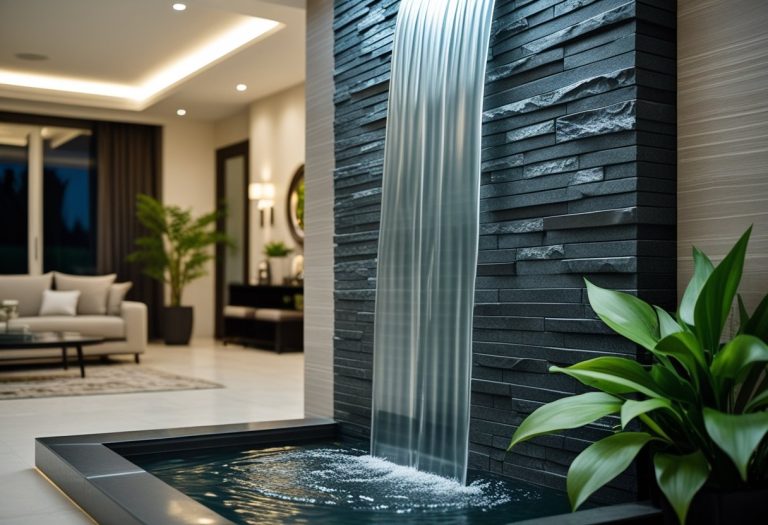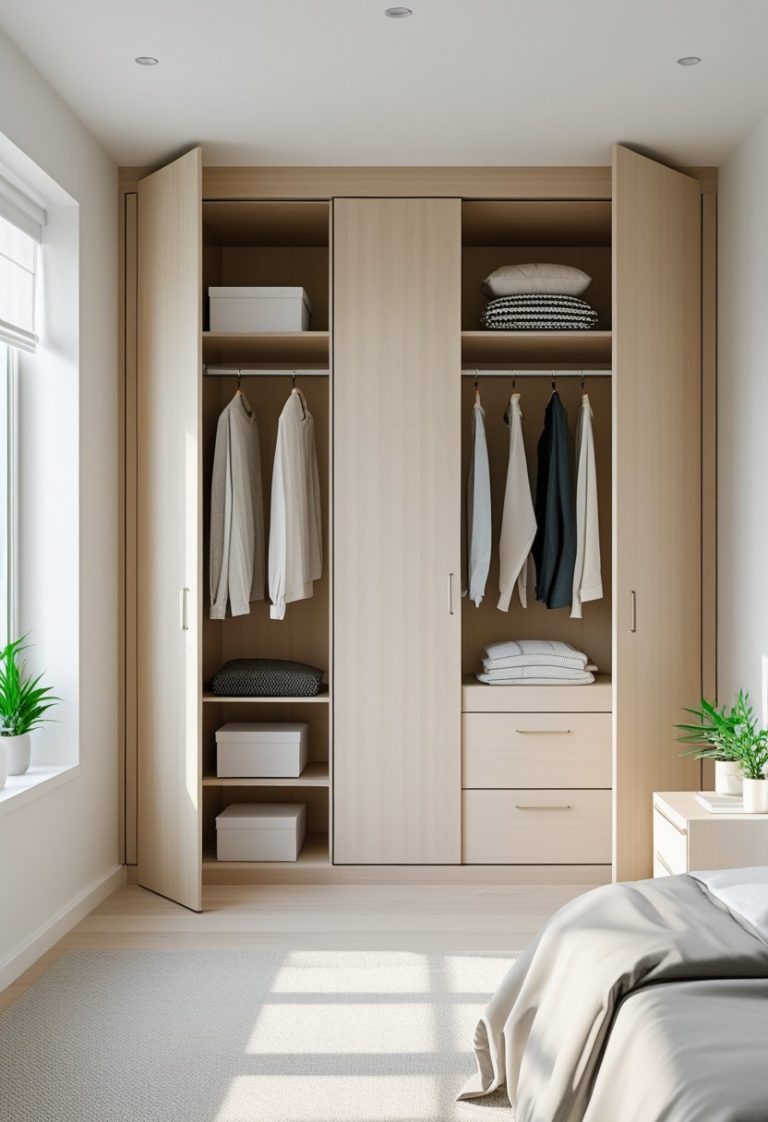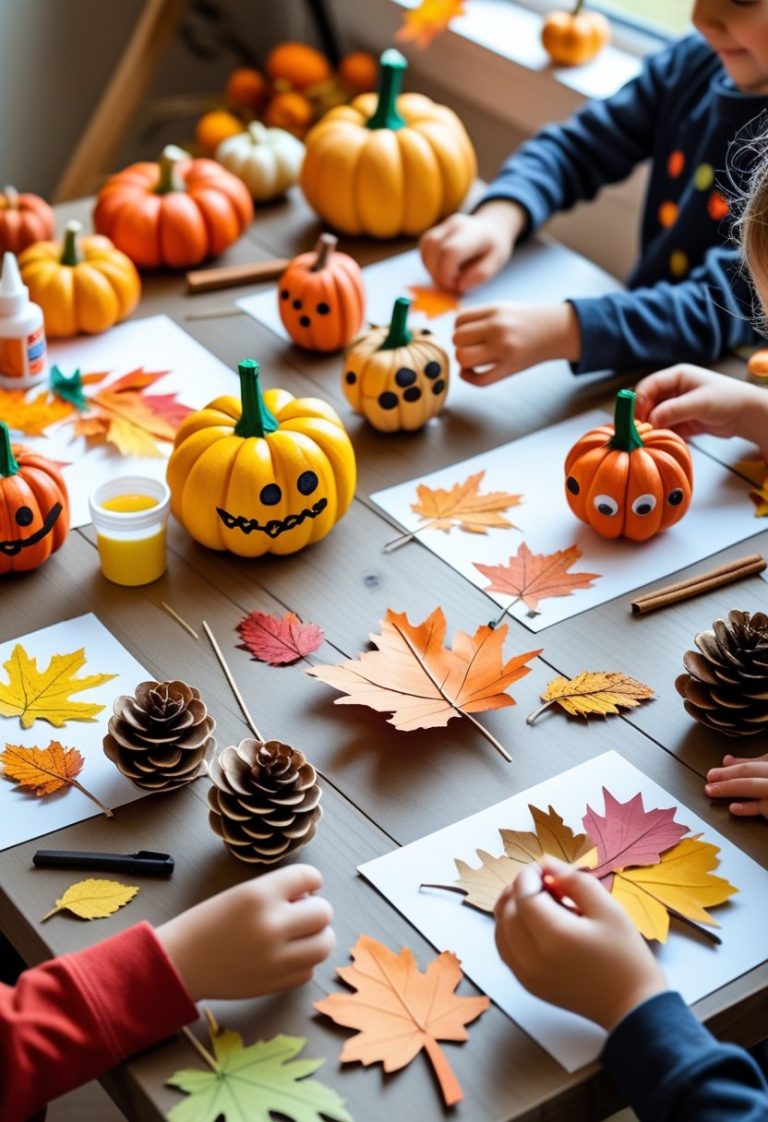Designing a Playroom Inspiration , kids’ play area in 2025 means blending creativity with function to support growth, learning, and fun. Families look for spaces that inspire imagination while keeping things organized and safe. The best playroom ideas combine comfort, color, and smart design to create an environment where children can explore, relax, and develop new skills.
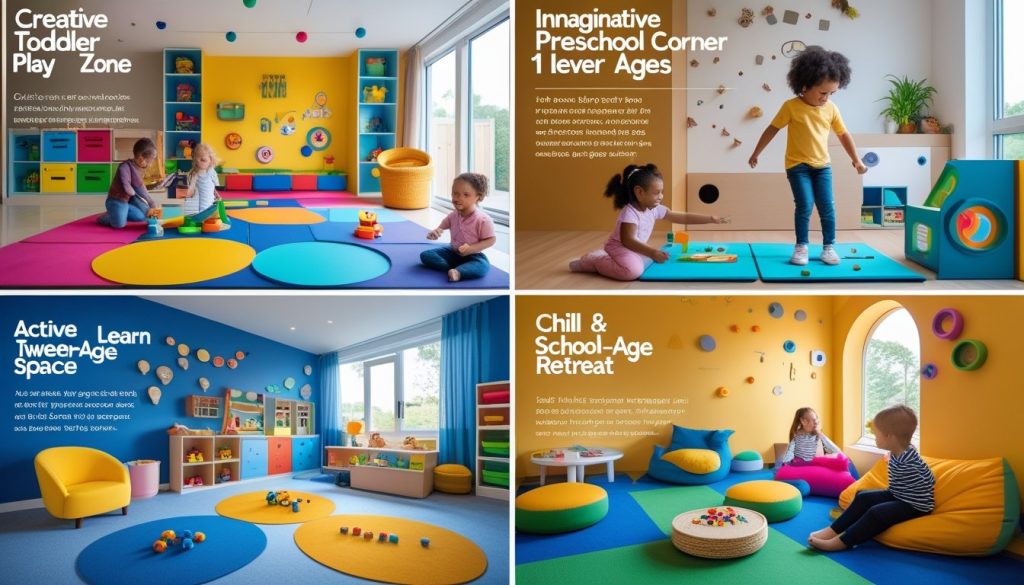
Today’s modern play areas go beyond toys and games. They include cozy reading corners for quiet time, active zones for movement, and art stations that encourage creative expression. Thoughtful layouts and sensory-friendly features help children of all ages stay engaged and comfortable throughout the day.
Trends in 2025 emphasize flexible furniture, natural materials, and themed designs that evolve with a child’s interests. Whether it’s a small nook in the living room or a dedicated playroom, the right setup transforms any space into a safe, inviting, and inspiring environment for play and discovery.
Essential Elements of a Modern Kids’ Play Area

A well-planned kids’ play area balances creativity, comfort, and safety. It uses defined zones, durable materials, and thoughtful design choices that encourage both active play and quiet learning while maintaining a tidy and visually appealing space.
Defining Zones for Play and Learning
A modern play area benefits from clear boundaries between activities. Creating dedicated zones helps children transition smoothly from play to reading or art projects. For example, a soft carpet or foam mats can mark an active play zone, while a small table with chairs can define a craft or learning area.
Storage plays a key role in maintaining order. Low shelves or labeled bins make it easy for children to access and return their toys. This setup encourages independence and keeps clutter under control.
Color coding can visually separate spaces without adding barriers. Bright hues may energize play zones, while neutral tones help calm reading or study corners. The goal is to design a space that supports both movement and focus.
| Zone Type | Key Features | Example Materials |
|---|---|---|
| Play Zone | Soft flooring, open layout | Foam mats, rubber tiles |
| Learning Zone | Table, storage, lighting | Wood desk, task lamp |
| Reading Nook | Cushions, shelves | Bean bags, low bookshelf |
Incorporating Safety and Childproofing
Safety remains the foundation of any kids’ play area. Rounded furniture edges, non-slip flooring, and anchored shelving reduce the risk of accidents. Electrical outlets should have covers, and cords should be secured out of reach.
Soft surfaces like foam mats or rubber flooring cushion falls and make cleanup easier. Choosing washable fabrics and non-toxic paints ensures a healthier environment.
Adequate supervision zones, such as open sightlines from seating areas, allow adults to monitor children without interrupting play. Safety gates or soft dividers can separate active play from quieter spaces when needed.
Choosing Comfortable Seating and Soft Lighting
Comfort influences how long children engage in activities. Bean bags, small sofas, and cushioned benches provide flexible seating for reading or rest. Ergonomic child-sized chairs support posture during drawing or homework.
Soft lighting creates a calm and inviting atmosphere. Warm LED bulbs or dimmable lamps prevent glare and eye strain. Natural light, filtered through curtains or blinds, adds brightness without harshness.
Layered lighting works best. Combine overhead fixtures for general visibility with floor or table lamps for focused tasks. This approach keeps the play area adaptable for both daytime activity and evening relaxation.
Creative Reading Corners and Nooks

A well-designed reading nook combines comfort, lighting, and storage to create a calm space that encourages children to read independently. Soft seating, layered textures, and thoughtful use of space make these cozy reading corners both inviting and functional.
Designing a Cozy Reading Nook
A cozy reading nook works best when it feels separate from play areas yet remains accessible. Position it near a window for natural light or add a small lamp for evening reading. Built-in shelving or narrow wall-mounted book ledges keep favorite stories within reach without cluttering the floor.
Neutral tones with small pops of color help maintain a soothing atmosphere. Adding soft rugs or padded mats defines the space while reducing noise. For shared rooms, modular storage cubes can divide the nook from play zones.
A simple table of essentials helps guide setup:
| Element | Purpose | Example |
|---|---|---|
| Lighting | Prevents eye strain | Clip-on or floor lamp |
| Storage | Keeps books organized | Floating shelves |
| Texture | Adds comfort | Plush rug or knit blanket |
Selecting Floor Cushions and Bean Bags
Floor cushions and bean bags give children flexible seating that adapts as they grow. Choose covers made from washable cotton or durable microsuede for easy cleaning. Mixing shapes—round poufs, square pads, and low loungers—adds variety and comfort.
Layering different heights allows kids to recline or sit upright depending on the activity. Neutral shades blend into most décor, while brighter colors can define the reading area. Compact options with built-in handles make it simple to move seating between rooms.
To maintain safety, select fillings that meet flame-retardant and non-toxic standards. For small spaces, stackable cushions offer comfort without taking up permanent floor area.
Using Canopies and Tents for Ambiance
A canopy or small tent gives a reading nook a sense of enclosure that helps children focus. Lightweight fabric draped from a ceiling hook or frame creates a soft, shaded retreat. Mesh or cotton materials allow airflow while filtering light.
Adding string lights or a low-glow lantern inside the canopy enhances the cozy atmosphere. For shared playrooms, collapsible tents can be folded away when not in use. Neutral fabrics in beige, white, or muted pastels keep the look timeless and calm.
Children often respond positively to spaces that feel personal. Including a few cushions, a small shelf, and a canopy transforms an unused corner into a peaceful reading spot that encourages quiet moments with books.
Active Play Zones: Climbing, Sliding, and Movement

Children benefit from spaces that encourage physical activity, balance, and coordination. Well-planned play zones support active learning while keeping safety and comfort in mind through proper materials, spacing, and supervision.
Building Climbing Walls for Kids
Indoor climbing walls give children a safe way to build strength and confidence. Modular panels with adjustable holds allow customization for different skill levels. Parents can start with low-height walls and gradually add complexity as children grow.
Safety is essential. Foam mats or thick crash pads should cover the floor beneath climbing areas to absorb impact. Non-slip surfaces and rounded edges reduce the risk of injury.
For visual appeal, designers often use bright colors or themed panels that match the room’s decor. A small table of recommended materials helps guide setup:
| Component | Recommended Material | Purpose |
|---|---|---|
| Wall surface | Plywood or composite board | Structural support |
| Holds | Textured resin | Grip and durability |
| Padding | High-density foam mats | Fall protection |
Proper lighting and clear floor space ensure children can move freely and safely.
Integrating Slides and Obstacle Features
Slides add excitement and motion to a playroom. Compact indoor slides made of smooth plastic or wood work well for toddlers, while longer versions with gentle slopes suit older children. Designers often connect slides to loft beds or raised platforms to save space.
Soft landings are crucial. Foam mats or carpeted flooring help cushion each descent. Rounded edges and stable bases prevent tipping.
Obstacle features such as tunnels, balance beams, or rope ladders promote coordination and problem-solving. A short obstacle path can include:
- Step stones for balance
- Mini tunnel for crawling
- Soft ramp leading to a slide
These elements create a playful circuit that keeps children active without overwhelming the room layout.
Creating Open Spaces for Movement
Open floor areas allow free movement for running, stretching, or dance-based play. Clear zones without furniture help children practice coordination and balance.
Smooth, durable flooring such as cork or vinyl supports safe movement. Placing foam mats in key areas adds comfort for floor-based games or tumbling.
Designers often mark simple play boundaries with rugs or colored tape to define zones for jumping or yoga. Adequate ventilation and natural light make these spaces inviting and comfortable for daily activity.
Artistic and Creative Stations
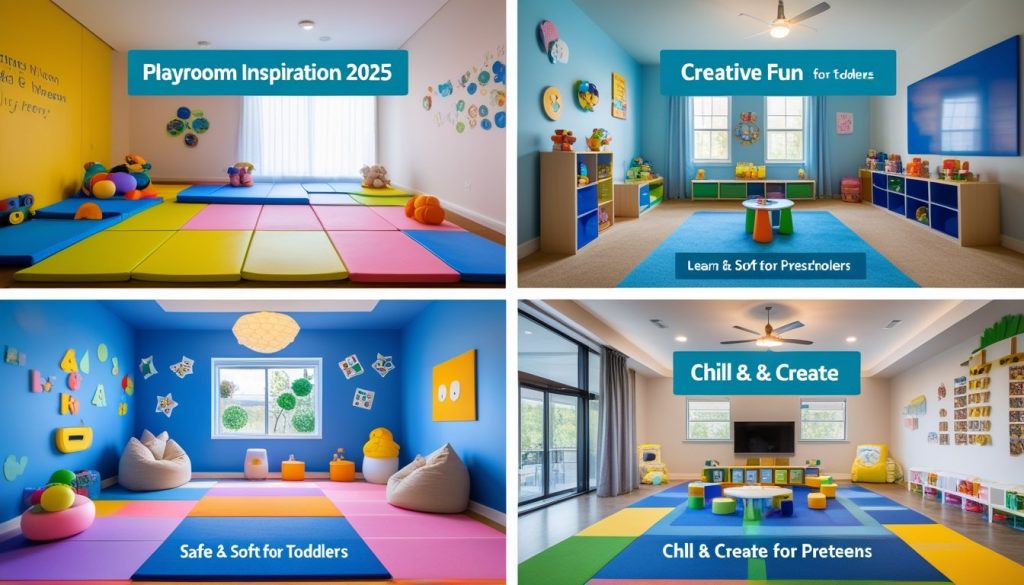
Children benefit from spaces that encourage hands-on creativity and independent exploration. A well-planned art station, efficient storage system, and thoughtful display area help keep supplies organized while motivating kids to create regularly.
Setting Up an Art Station
An art station works best when it’s functional, easy to clean, and scaled to a child’s height. A sturdy table with a wipeable surface and adjustable chairs provides comfort and flexibility. Good lighting—preferably natural light near a window—improves visibility and keeps colors true.
Parents can include basic materials such as washable paints, crayons, markers, glue, and scissors in labeled containers. For smaller rooms, a foldable table or wall-mounted desk saves space. Keeping tools within reach allows children to start projects independently, encouraging confidence and consistent use.
Adding a small drying rack or clip line helps finished work dry safely. A nearby mat or washable rug protects flooring from spills. The setup should balance accessibility with safety by avoiding sharp tools or choking hazards for younger children.
Organizing Supplies with Floating Shelves
Floating shelves make storage efficient without taking up floor space. They keep art materials visible yet tidy, helping children learn organization skills. Installing shelves at varying heights allows different age groups to reach appropriate supplies safely.
A simple two-tier shelf layout can separate materials:
| Shelf | Purpose | Example Items |
|---|---|---|
| Top | Parent-supervised tools | Paints, glue guns, permanent markers |
| Bottom | Kid-accessible supplies | Paper, crayons, stickers |
Clear bins or labeled jars maintain order and make cleanup easier. Parents can rotate supplies seasonally to keep the space fresh and prevent clutter. Using neutral or light-colored shelving helps the area feel open and blends with most room designs.
Displaying Kids’ Artwork
Displaying artwork gives children pride in their creations and adds personality to the room. A rotating gallery wall using clipboards, corkboards, or magnetic strips makes it easy to swap new pieces.
Framing selected works in simple frames creates a clean, cohesive look. For a more flexible option, stringing twine with clothespins allows quick updates. Keeping displays at eye level ensures kids can admire their work.
A dedicated “art showcase” corner can also motivate continued creativity. Mixing framed art with 3D crafts or clay pieces adds variety and texture, turning the playroom into a personal gallery that reflects a child’s growth and imagination.
Sensory Play and Exploration Areas
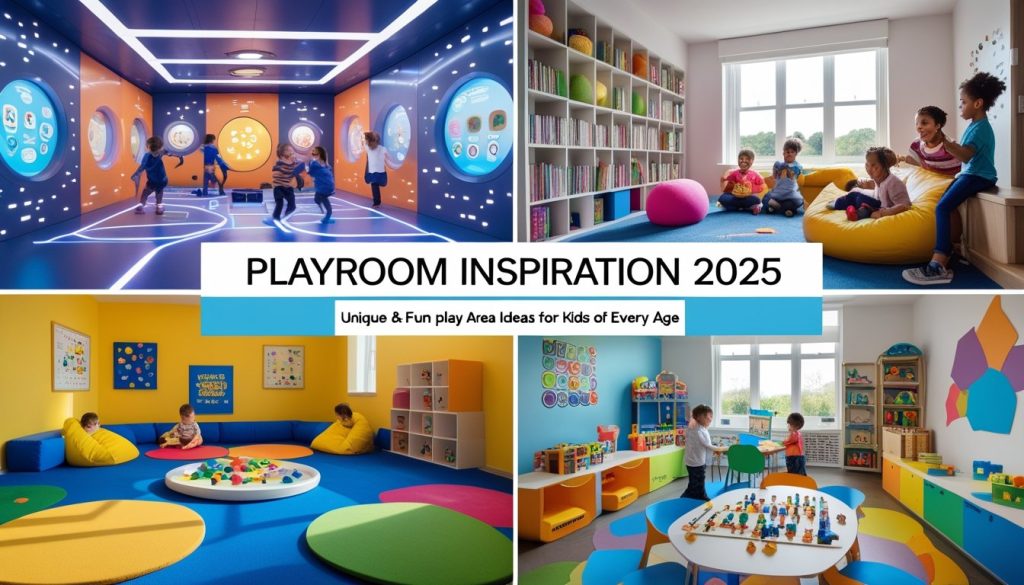
Children learn best through hands-on discovery that engages multiple senses. Spaces designed for sensory play encourage focus, creativity, and fine motor development while supporting emotional regulation and curiosity. Thoughtful design choices can make these areas both fun and educational for kids of different ages.
Designing Sensory Bins and Sensory Walls
Sensory bins provide contained environments where children can explore textures, colors, and sounds. They may include materials like kinetic sand, rice, beans, or water beads. Rotating themes—such as “ocean discovery” or “construction zone”—keeps play fresh and sparks imagination.
A sensory wall allows vertical exploration. Panels can feature soft fabrics, zippers, Velcro strips, and mirrors. Mounting items securely ensures safety while promoting tactile learning.\
For easy maintenance, use washable materials and removable sections that can be swapped out as interests change.
| Material Type | Sensory Focus | Example Use |
|---|---|---|
| Textured fabric | Touch | Fabric swatches or felt panels |
| Beads or buttons | Fine motor | Threading or sorting activities |
| Mirrors | Visual | Light reflection and self-recognition |
Combining bins and walls in one area helps children move between seated and standing play, supporting both gross and fine motor development.
Incorporating Nature Exploration Elements
Integrating nature exploration into play areas brings sensory learning outdoors or simulates it indoors. Natural textures—like smooth stones, bark, or sand—introduce variety and connect children to their environment. Indoor setups can include mini sensory gardens with herbs or low-maintenance plants.
Outdoor exploration spaces benefit from shaded paths, raised planters, and water tables. These encourage observation of insects, leaves, and soil changes across seasons.\
Safety remains key: use non-toxic plants and avoid sharp-edged materials.
Adding natural sounds such as rustling leaves or gentle water flow can enhance calm and focus. This type of sensory play supports early science learning and appreciation for ecological systems.
Adding Musical and Tactile Experiences
Sound and touch form essential parts of sensory development. Simple instruments—like xylophones, drums, or rain sticks—invite children to experiment with rhythm and volume. Wall-mounted chimes or recycled metal pieces can turn a corner into a small sound station.
Tactile panels with varying surfaces—smooth, rough, bumpy—help children identify differences through touch. Combining sound and texture in one zone promotes coordination and auditory awareness.\
Soft flooring, such as foam mats or rugs, ensures comfort and reduces noise levels.
Encouraging children to create music or patterns with their hands supports both sensory integration and creative expression.
Smart Storage Solutions for Playrooms
Efficient playroom design depends on practical storage solutions that keep toys, books, and craft supplies organized while maintaining a welcoming atmosphere. Using adaptable furniture, labeled containers, and accessible shelving helps children learn responsibility and keeps the space tidy.
Choosing Toy Storage Options
Selecting the right toy storage depends on room size, layout, and the types of items to store. Open shelving works well for frequently used toys, while closed cabinets hide clutter and create a cleaner look.
Clear plastic bins or woven baskets allow easy identification and quick cleanup. For small spaces, vertical storage such as wall-mounted shelves or hanging organizers maximizes floor area.
A mix of storage types ensures flexibility. For example:
| Storage Type | Best For | Advantages |
|---|---|---|
| Open Bins | Everyday toys | Easy access, encourages independence |
| Closed Cabinets | Bulky items | Keeps room visually tidy |
| Wall Shelves | Books, decor | Saves floor space |
Choosing durable, easy-to-clean materials ensures the system lasts through years of play.
Utilizing Multi-Functional Furniture
Multi-functional furniture combines storage and play features in one piece, reducing clutter and saving space. A bench with built-in drawers can store puzzles or art supplies while offering seating. Tables with cubbies underneath keep building blocks within reach but off the floor.
Convertible pieces, such as modular shelving that doubles as a play surface, adapt as children grow. These designs support flexible use and make it easier to transition the room from playtime to study time.
When selecting furniture, safety and accessibility remain priorities. Rounded corners, stable bases, and non-toxic finishes ensure a secure environment. Choosing neutral tones or simple designs allows furniture to blend with evolving decor.
Organizing with Labeled Bins and Drawers
Labeling bins and drawers helps children recognize where items belong and simplifies cleanup routines. Using labels with words and pictures works well for younger children who are still learning to read.
Transparent containers make it easy to see contents without opening each one. Grouping toys by category—such as art materials, building sets, or stuffed animals—prevents mixing and saves time.
Color-coded systems also help maintain order. For instance, blue bins for blocks and green bins for craft items create a clear visual structure. Regularly reviewing and rotating stored items keeps the playroom manageable and encourages children to rediscover forgotten toys.
Themed and Imaginative Play Spaces
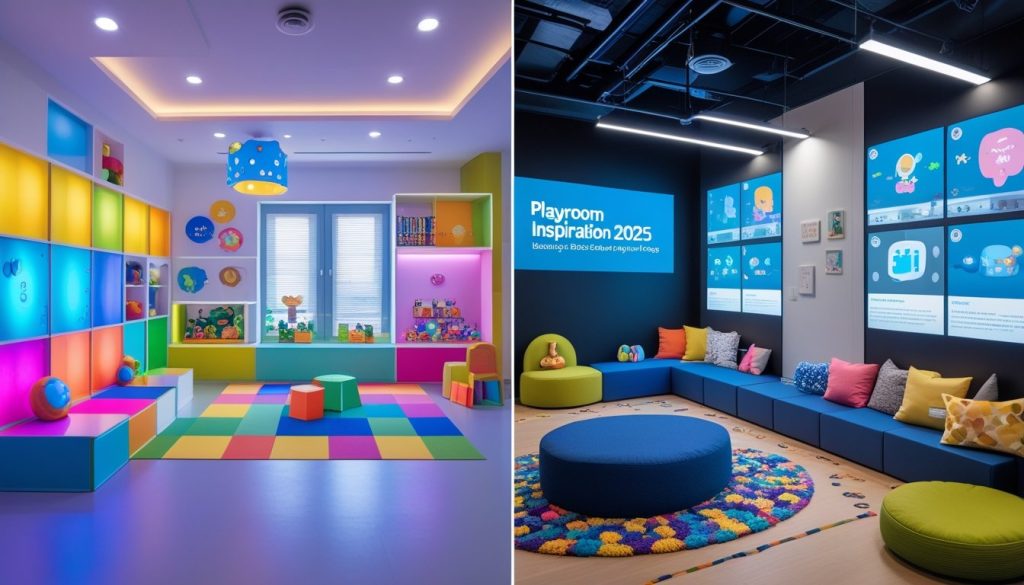
Children benefit from spaces that encourage creative expression and hands-on learning. Well-planned themed areas such as a play kitchen, dress-up corner, and building block station help develop problem-solving, social, and fine motor skills while keeping playtime organized and engaging.
Creating a Play Kitchen Area
A play kitchen encourages role-playing and introduces children to basic life skills. Compact kitchen sets with stovetops, sinks, and storage shelves allow kids to mimic real cooking activities safely. Parents can include wooden utensils, pretend food sets, and labeled bins for sorting items like fruits, vegetables, and dishes.
Adding interactive elements such as turning knobs, removable pans, and toy appliances enhances sensory play. For small spaces, a wall-mounted kitchen or foldable unit saves room while still offering plenty of features.
To make the area visually appealing, choose neutral tones with colorful accents or mimic real kitchen designs. A small chalkboard for “menus” or grocery lists adds a touch of realism. Regular cleaning and rotating accessories keep the setup fresh and safe for daily use.
| Recommended Items | Purpose |
|---|---|
| Pretend cookware set | Encourages imaginative cooking play |
| Toy food assortment | Supports sorting and naming activities |
| Storage bins | Keeps small pieces organized |
Building a Dress-Up and Costumes Corner
A dress-up corner lets children explore different roles and characters through costumes. A low clothing rack or open shelving makes it easy for kids to access and return outfits independently. Mirrors at child height help them see their creations and build confidence.
Include costumes representing community helpers, storybook characters, and fantasy themes. Soft fabrics, Velcro fasteners, and washable materials make cleanup and wear simple. A labeled storage box or drawer system helps sort accessories like hats, scarves, and shoes.
Lighting also matters; bright, even light helps children view colors clearly. Parents can encourage storytelling or role-play games that use the costumes to build communication and social skills naturally through play.
Designing a Building Block Station
A building block station promotes creativity, spatial awareness, and problem-solving. A sturdy table or low play surface gives children space to construct towers, vehicles, or landscapes. Clear containers or divided drawers help sort blocks by size, color, or type for easy cleanup.
Using a baseplate surface keeps structures stable and reduces frustration. Shelving above or beside the play zone provides display space for finished projects, giving kids a sense of accomplishment.
For safety, blocks should be age-appropriate—larger ones for toddlers and smaller interlocking sets for older children. Rotating themes, such as cityscapes or nature builds, keeps interest high and encourages ongoing experimentation and design thinking.
Incorporating Educational Toys and Learning Features
A well-planned play area can support early learning while keeping playtime enjoyable. Thoughtful use of educational toys and interactive features helps children build problem-solving, language, and motor skills through hands-on experiences.
Selecting Age-Appropriate Educational Toys
Choosing toys that match a child’s developmental stage ensures both safety and engagement. Infants benefit from soft sensory blocks and rattles that encourage grasping and sound recognition. Toddlers respond well to stacking cups, shape sorters, and simple puzzles that strengthen coordination and spatial reasoning.
For preschoolers, building sets, alphabet games, and storytelling kits promote creativity and early literacy. School-age children enjoy STEM kits, robotic sets, and logic puzzles that challenge their critical thinking.
| Age Group | Recommended Toys | Skills Developed |
|---|---|---|
| 0–2 years | Soft blocks, rattles | Sensory, motor |
| 3–5 years | Puzzles, sorting games | Coordination, logic |
| 6–8 years | STEM kits, building sets | Problem-solving, creativity |
Rotating toys regularly keeps interest high and prevents clutter. Storage bins labeled by category—such as puzzles, art supplies, or science kits—help children learn organization and responsibility.
Designing Interactive Learning Walls
Interactive learning walls turn unused vertical space into an educational feature. A magnetic board can hold letters, numbers, and shapes for spelling or counting games. Chalkboards and whiteboards allow children to draw, write, and practice handwriting.
Adding tactile panels with textures, gears, or mirrors supports sensory exploration. For older children, world maps, measurement charts, and magnetic puzzles encourage curiosity about geography and science.
Designers often use a mix of materials—wood, felt, and metal—to make the wall durable and easy to clean. Keeping items at the child’s eye level ensures accessibility and independent learning. Simple updates, such as swapping magnets or posters, keep the setup fresh as interests evolve.

Ana Luisa
Explore in-depth biographies, net worth insights, and exclusive updates on your favorite singers at Trionua.com. Discover the journeys, achievements, and latest news about music’s biggest stars.



